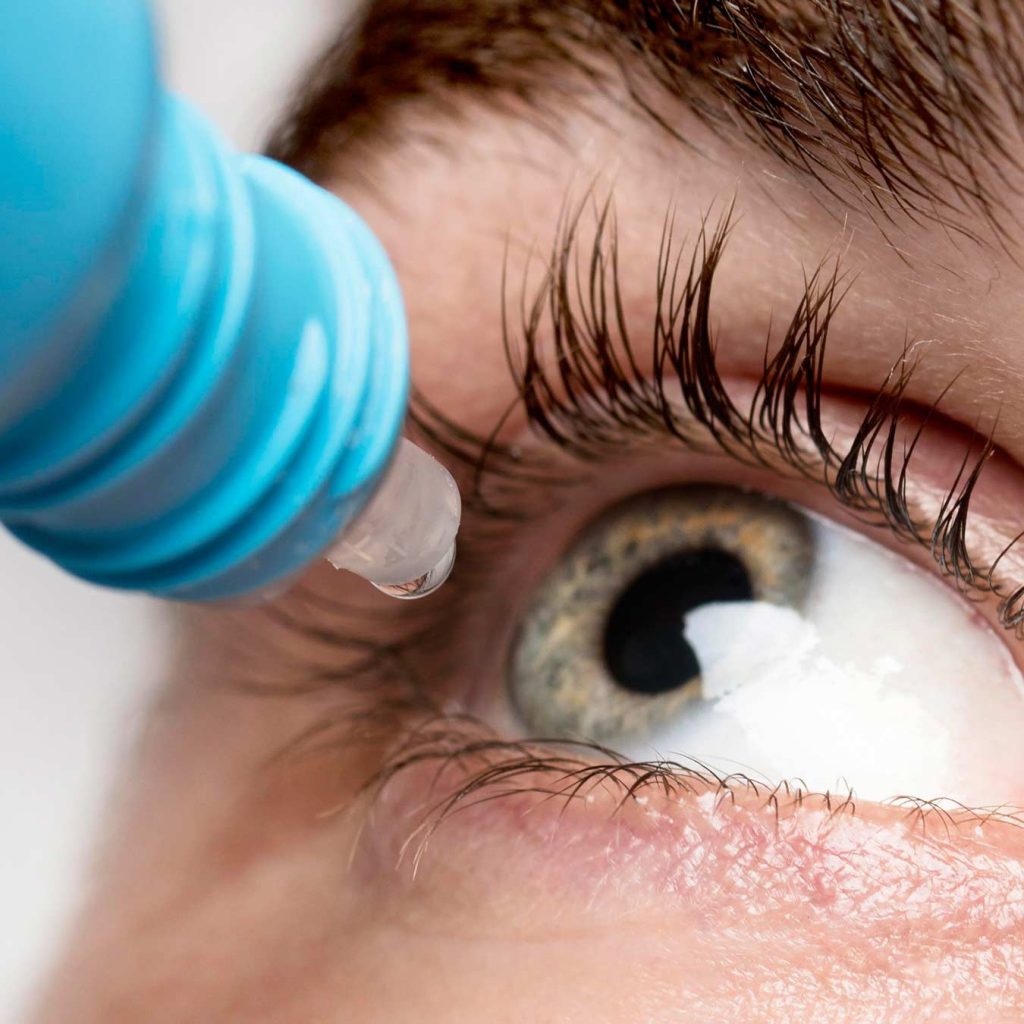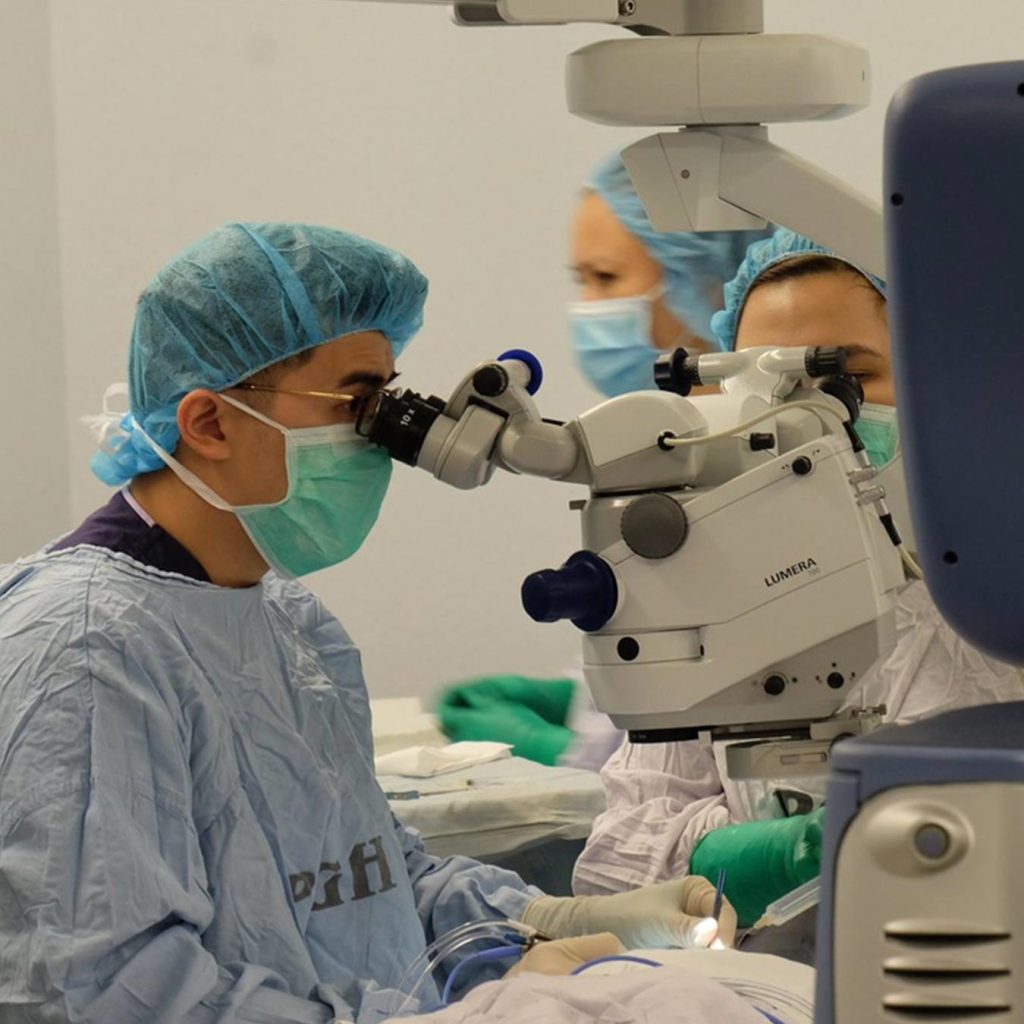Understanding Glaucoma Medications and Their Side Effects: A Comprehensive Guide
Introduction
Glaucoma is a progressive eye condition that causes damage to the optic nerve, which is essential for clear vision. Effectively managing glaucoma requires understanding the medications available, their mechanisms, and potential side effects to protect eye health and prevent further vision loss.
Types of Glaucoma Medicines
Several medications are used to manage glaucoma, each targeting intraocular pressure through different mechanisms:
Prostaglandin Analogues
These drugs increase fluid outflow from the eye, lowering eye pressure. Common examples include Latanoprost and Bimatoprost.
Beta-Blockers
Beta-blockers such as Timolol reduce aqueous humor production, which helps lower intraocular pressure.
Alpha-Adrenergic Agonists
These medications both decrease fluid production and enhance fluid drainage. Brimonidine is a widely used example.
Carbonic Anhydrase Inhibitors
Available in oral or eye drop forms, these drugs reduce fluid production and eye pressure. Dorzolamide is a representative drug in this category.
Rho Kinase Inhibitors
This newer class increases fluid drainage to lower intraocular pressure. Rhopressa is commonly prescribed.
Cholinergic Agents
These medicines, such as Pilocarpine, improve fluid outflow to maintain safe eye pressure.
Side Effects of Glaucoma Medicines
All glaucoma medications may cause side effects. Common issues include eye redness, irritation, and blurred vision. Certain drugs can also impact heart and lung function, making it essential to share your full medical history with your healthcare provider before starting treatment.
Managing Side Effects
If you notice significant discomfort or changes in vision, inform your ophthalmologist. They can adjust your dosage or recommend alternative medications to minimize adverse effects and maintain effective glaucoma management.
Alternative and Complementary Treatments
Lifestyle habits can complement medical treatment. Maintaining a balanced diet, regular exercise, and proper eye care routines can support treatment. For advanced cases, surgical options such as laser trabeculoplasty or microinvasive glaucoma surgery may be considered.
Click here to know the true price of glaucoma procedures in the Philippines to help plan for treatment.
Conclusion
Understanding your glaucoma medications and their potential side effects empowers you to actively participate in managing your condition. Always consult your eye care professional for personalized treatment plans and monitor your eyes regularly to protect vision effectively.




